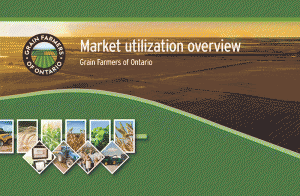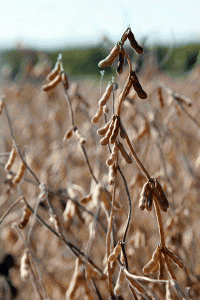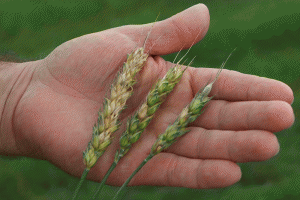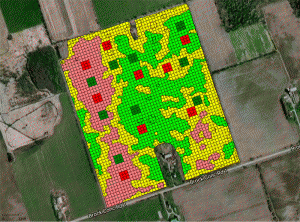A regional approach
RESEARCH TO UNDERSTAND ONTARIO SOYBEAN DISEASES
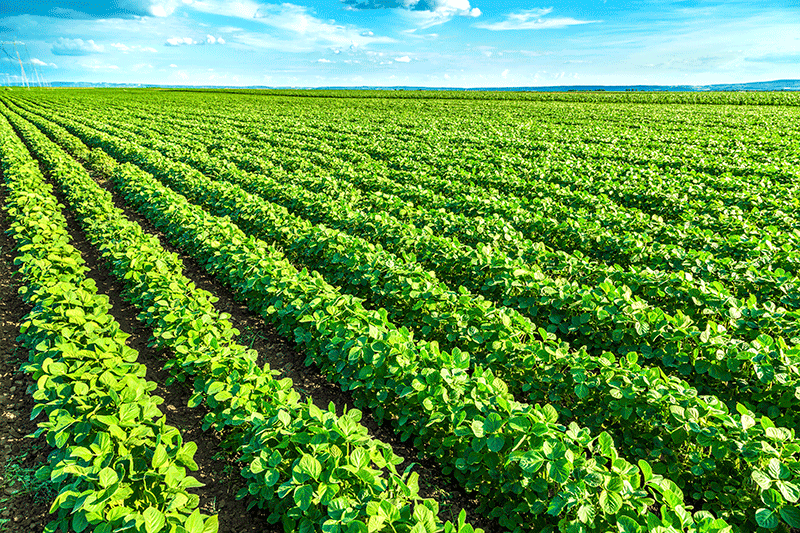
ONTARIO SOYBEAN GROWERS have a pretty good handle on soybean diseases — the biggest threats, diseases to watch for and field management practices. New research, assessing the distribution and pressure of soybean diseases in the province will help overall disease management in one of the Ontario’s most economically important field crops.
Dr. Owen Wally, field crop pathologist and research scientist with Agriculture and Agri-Food Canada, is taking a regional approach to field crop pathology, focusing on soybeans in his four-year survey of soybean diseases. Wally and his team have already surveyed, collected, and analyzed more than 100 pathogen samples from Ontario and Quebec fields throughout the 2016 growing season.
“We’re collecting pathogen samples, the cause of diseases, including fungi and nematodes,” explains Wally. “The analysis identifies the disease, determines the pathogens’ genetics and we can test these strains against current soybean varieties with disease resistance to see if they are still effective and recommend areas to improve plant breeding.”
Throughout the sample collection, analysis, greenhouse testing, and cataloguing, Wally anticipates the outcome of this research will lead to a better understanding of the soybean disease situation in Ontario today, including regional variations and current thresholds for soybean root diseases and possible prediction factors for field risk outbreaks.
“Disease is one of the major limitations in soybean production,” says Wally. “Soybeans have been grown in southwestern Ontario more than 100 years and we know there are different diseases and levels of disease pressure from fields in eastern Ontario, Quebec, and Manitoba where soybeans are relatively new.”
RISK FACTORS
Soybean pathogens are continuing to evolve and occupy new niches as soybean production areas expand. Wally’s research will develop an understanding of the risk factors that establish soybean diseases, including the pathogen — how the pathogen’s genetics and location on the plant can influence the formation of the disease, plant hosts, including soybean varieties, environmental influences, and the timing of all the risk factors.
The research requires Wally and his team to conduct DNA analysis of all the pathogen samples, like a nematode from a plant infected with soybean cyst nematode. The test will determine the species and how infective it is, or how the pathogen causes disease within the plant. Genetic markers of the pathogen are noted and this winter, pathogens from the collected samples are being infected into various soybean varieties grown in greenhouses under an assortment of growing conditions to test the infection and disease spreading risk factors. In-field testing will also be conducted during the growing season. Wally is testing the pathogens against related disease resistance varieties to assess how diseases are evolving.
“Soybean varieties have differential lines with sources of disease resistance. By testing the varieties with pathogen infections we will have a better understanding of how diseases will impact related varieties,” explains Wally.
COMPARISONS
Wally is also working with researchers in the north central U.S. where growing seasons are similar to Ontario to compare soybean diseases and pressures in that area. Information sharing between the two groups will lead to a greater understanding of diseases overall and management practices that can be applied to Ontario soybean fields.
Still in the early stages of the research project, Wally hopes to develop a general idea of how soybean pathogens and diseases spread through Ontario’s fields and start a reference framework to assess disease risk by regions.
“A greater understanding of soybean diseases will also help growers manage their own disease risks. We will be able to provide better recommendations for best management practices like planting dates, field rotations, and cover crops,” says Wally, who expects the research will also help plant breeders and agronomists develop management strategies like evolving and developing disease resistant varieties and agronomic practices to enhance Ontario’s soybean industry. •









